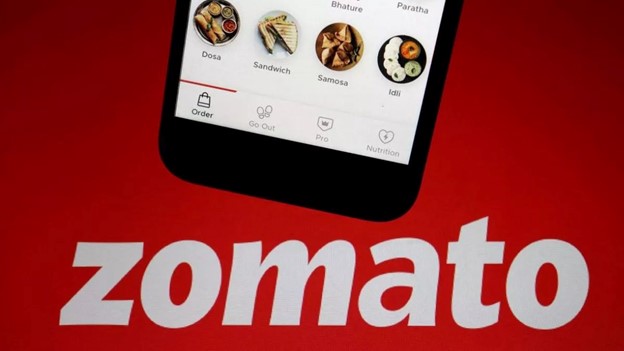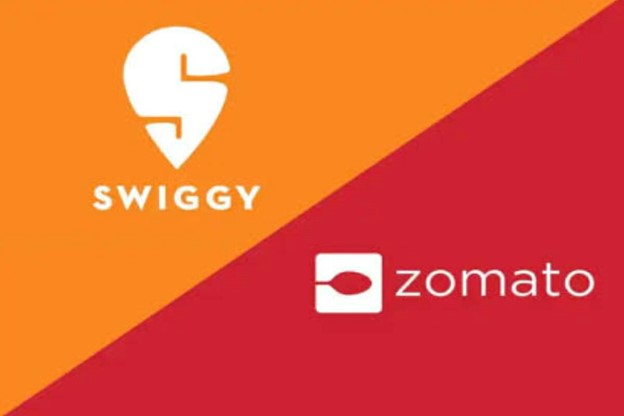In a recent development that has sent ripples across the food delivery industry, leading platforms Zomato and Swiggy have announced a significant hike in their platform fees for restaurants and eateries. This decision comes amidst the backdrop of increasing operational costs, demand for better infrastructure, and a surge in delivery requests due to the ongoing pandemic. The move to increase platform fees has sparked a debate among stakeholders, with restaurants expressing concerns over the impact on their profit margins and operational sustainability. Let’s delve into the details of the Zomato and Swiggy fee hike, its implications for restaurants, and the broader implications for the food delivery ecosystem.
1. Reasoning Behind the Fee Hike:
Zomato and Swiggy have cited rising operational costs, investments in technology, and the need for a sustainable business model as key factors driving the decision to hike platform fees. The unprecedented challenges posed by the pandemic, including increased demand for contactless delivery, enhanced safety measures, and investment in delivery infrastructure, have put pressure on food delivery platforms to optimize their operations and ensure a seamless experience for customers and restaurant partners.
2. Impact on Restaurants:
The fee hike by Zomato and Swiggy has sparked concerns among restaurants, particularly small and independent establishments, who fear that the increased platform fees may erode their profit margins and financial viability. For many restaurants, reliance on food delivery platforms like Zomato and Swiggy has become a crucial aspect of their business operations, and any significant increase in fees could have a cascading effect on their bottom line, pricing strategies, and overall sustainability in a competitive market.
3. Consumer Response:
The fee hike by Zomato and Swiggy has also raised questions among consumers who rely on these platforms for convenient access to a wide range of dining options and quick delivery services. Some consumers are wary that the increased platform fees may lead to higher prices for food orders, longer delivery times, or a reduction in discounts and offers that they have come to expect from these platforms. How consumers respond to the fee hike may influence their loyalty and usage patterns on Zomato and Swiggy.
4. Competition and Alternatives:
The fee hike by Zomato and Swiggy has prompted restaurant partners to explore alternative delivery options, consider shifting to competing platforms, or even rethink their reliance on third-party delivery services altogether. Emerging players in the food delivery market, independent delivery services, and aggregators are looking to capitalize on the dissatisfaction caused by the fee hike and attract restaurant partners seeking more cost-effective and sustainable delivery solutions.
5. Negotiation and Collaboration:

Amidst the fee hike controversy, there is a growing call for transparency, dialogue, and collaboration between Zomato, Swiggy, and their restaurant partners to address concerns, find common ground, and forge mutually beneficial partnerships. Negotiating fair terms, understanding the needs and challenges of both sides, and fostering a collaborative approach to fee structures can help build trust, promote transparency, and ensure the long-term sustainability of the food delivery ecosystem.
6. Regulatory Scrutiny:
The fee hike by Zomato and Swiggy has also attracted regulatory scrutiny and public attention, with authorities and government bodies monitoring the impact of the fee hike on restaurants, consumers, and the overall food delivery market. Calls for regulation, oversight, and intervention to ensure fair business practices and protect the interests of both restaurants and consumers are gaining momentum, signaling a potential shift in the regulatory landscape of the food delivery industry.
7. Operational Efficiency and Value Proposition:
As Zomato and Swiggy navigate the aftermath of the fee hike announcement, they are under pressure to demonstrate operational efficiency, provide value-added services, and justify the increased platform fees to their restaurant partners. Enhancing delivery infrastructure, optimizing supply chain operations, and leveraging data analytics to improve business insights and customer experiences are key strategies that Zomato and Swiggy may adopt to maintain their competitive edge and address stakeholder concerns.
8. Market Dynamics and Industry Trends:
The fee hike by Zomato and Swiggy reflects the evolving dynamics of the food delivery industry, characterized by rapid growth, fierce competition, and changing consumer behaviors. Industry trends such as the rise of cloud kitchens, demand for sustainable practices, and the emergence of local delivery services are reshaping the market landscape and challenging traditional business models, prompting platforms like Zomato and Swiggy to innovate, adapt, and respond to shifting market dynamics.
9. Community Support and Solidarity:
In response to the fee hike by Zomato and Swiggy, there has been a groundswell of community support and solidarity among restaurants, consumers, and industry stakeholders who are rallying together to advocate for fair treatment, transparency, and sustainability in the food delivery ecosystem. Initiatives such as local campaigns, social media activism, and collective bargaining efforts are mobilizing stakeholders to voice their concerns, seek equitable solutions, and stand in solidarity with those affected by the fee hike.

10. Future Outlook and Resilience:
As the dust settles on the fee hike controversy, the future outlook for Zomato, Swiggy, and the broader food delivery industry hinges on their ability to adapt, innovate, and build resilient partnerships with restaurant partners, consumers, and regulatory authorities. Creating a sustainable and inclusive ecosystem that balances the needs of all stakeholders, upholds industry standards, and fosters trust and collaboration is essential for the long-term growth and success of food delivery platforms in an ever-evolving and competitive market.
Conclusion:
The fee hike by Zomato and Swiggy has stirred up conversations, challenges, and opportunities within the food delivery industry, sparking discussions about pricing strategies, operational efficiencies, stakeholder relationships, and the future direction of the market. As Zomato, Swiggy, and their restaurant partners navigate this period of change and uncertainty, the path forward lies in fostering open dialogue, building resilient partnerships, and creating a sustainable ecosystem that prioritizes transparency, fairness, and collaboration. The fee hike saga serves as a reminder of the dynamic nature of the food delivery market and the collective efforts required to ensure its resilience, innovation, and long-term success in a rapidly evolving landscape.




